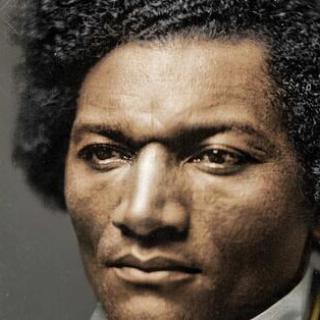The Gilder Lehrman Center Legacy Fund
The Gilder Lehrman Center for the Study of Slavery, Resistance, and Abolition at the Whitney and Betty MacMillan Center for International and Area Studies was founded in 1998 at Yale University. The Gilder Lehrman Center was the first institution in the world wholly devoted to scholarship, public education, and outreach about the global problem of slavery across all borders and all time. In a world that needs this work now more than ever, we invite you to join us in sustaining our mission to foster an improved academic and public understanding of the role of slavery, its destruction, and its legacies in the functioning of the modern world.
To support the annual programming, outreach, and other key activities of the Gilder Lehrman Center, please contribute to the Gilder Lehrman Center Legacy Fund.

The Gilder Lehrman Center in the Media

In its role as a central resource to all disciplines, departments, and Schools at Yale, MacMillan encompasses the full scope of international and regional engagement throughout the University.







